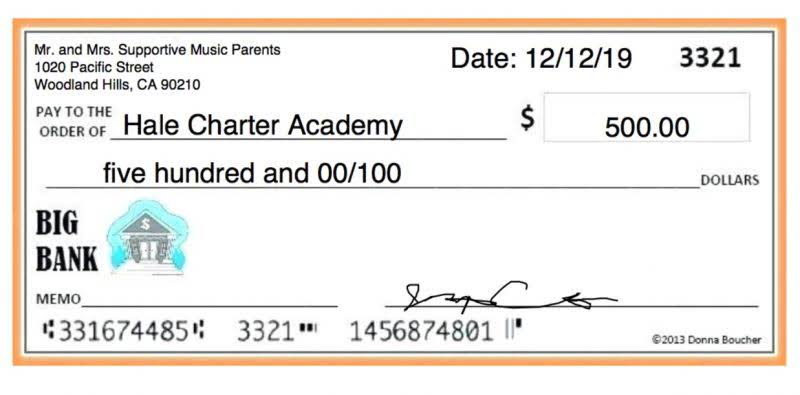26 USC Ch 21: FEDERAL INSURANCE CONTRIBUTIONS ACT
116–94 applicable to taxable years beginning after Dec. 31, 2019, see section 301(d) of Pub. 116–94, set out as a note under section 139B of this title. (b)(6)(B)(ii). 836, §201(d)(1), included service performed in the employ of a Federal Home Loan Bank.
Any revocation under the preceding sentence shall apply retroactively to the beginning of the 2-year period for which the information was not furnished. Notwithstanding any other provision of this subsection, the period for which any such agreement is effective with respect to any foreign entity shall terminate at the end of any calendar quarter in which the foreign entity, at any time in such quarter, ceases to be a foreign affiliate as defined in paragraph (6). In the case of an employer, there shall be allowed as a credit against applicable employment taxes for each calendar quarter an amount equal to 100 percent of the qualified sick leave wages paid by such employer with respect to such calendar quarter. In the case of an employer, there shall be allowed as a credit against applicable employment taxes for each calendar quarter an amount equal to 100 percent of the qualified family leave wages paid by such employer with respect to such calendar quarter.
- (A) The term “general retirement system” means any pension, annuity, retirement, or similar fund or system established by a State or by a political subdivision thereof for employees of the State, political subdivision, or both; but such term shall not include such a fund or system which covers only service performed in positions connected with the operation of its public transportation system.
- Section, except as otherwise provided, effective with respect to payments due with respect to wages paid after Dec. 31, 1986, including wages paid after such date by a State (or political subdivision thereof) that modified its agreement pursuant to section 418(e)(2) of Title 42, The Public Health and Welfare, see section 9002(d) of Pub.
- (3) no benefit or other payment referred to in section 1402(g)(1)(B) became payable (or, but for section 203 of the Social Security Act, would have become payable) to the individual filing the application at or before the time of such filing.
- 103–66, set out as a note under section 1402 of this title.
For purposes of this subsection, a member of a religious order means any individual who is subject to a vow of poverty as a member of such order and who performs tasks usually required (and to the extent usually required) of an active member of such order and who is not considered retired because of old age or total disability. The term “active duty” means “active duty” as described in paragraph (21) of section 101 of title 38, United States Code, except that it shall also include “active duty for training” as described in paragraph (22) of such section. (5) on a farm operated for profit if such service is not in the course of the employer’s trade or business. (4) any individual who performs services that are included under an agreement entered into pursuant to section 218 or 218A of the Social Security Act.
(B) If an overpayment cannot be adjusted under subparagraph (A), the amount thereof shall be paid by the Secretary, through the Fiscal Service of the Treasury Department, but only if a claim for such overpayment is filed with the Secretary within two years from the time such overpayment was made. Repeal applicable with respect to wages paid after Dec. 31, 1976, see section 1903(d) of Pub. 94–455, set out as an Effective Date of 1976 Amendment note under section 3101 of this title.
In the case of any credit allowed under section 2301 of the CARES Act or section 41 with respect to wages taken into account under this section, the credit allowed under this section shall be reduced by the portion of the credit allowed under such section 2301 or section 41 which is attributable to such wages. This section shall not apply to so much of the qualified sick leave wages paid by an eligible employer as such employer elects (at such time and in such manner as the Secretary may prescribe) to not take into account for purposes of this section. Any wages taken into account in determining the credit allowed under this section shall not be taken into account for purposes of determining the credit allowed under sections 45A, 45P, 45S, 51, 3132, and 3134. The amount of the credit allowed under subsection (a) shall be increased by so much of the employer’s qualified health plan expenses as are properly allocable to the qualified sick leave wages for which such credit is so allowed. Amendment by section 103(n) of Pub.
Is Social Security the Same As FICA?
104–188 require an amendment to any plan or annuity contract, such amendment shall not be required to be made before the first day of the first plan year beginning on or after Jan. 1, 1998, see section 1465 of Pub. 104–188, set out as a note under section 401 of this title. Section 202(a)(1), (2) of Pub. The employer (and not the third party) shall be liable for the employer portion of the taxes involved and for meeting the requirements of section 6051 of such Code (relating to receipts for employees) with respects to the wages or compensation involved. Amendment by section 123(b) of Pub.
Services performed by inmates
If you’re self-employed, you are responsible for paying the full 15.3% FICA tax. Because you may not be receiving federal insurance contributions act a traditional paycheck, you may need to file estimated quarterly taxes in lieu of withholdings. The good news?
TOPN: Federal Insurance Contributions Act
Employees are responsible for half of the total tax (7.65%), and employers pick up the other half. Learn what FICA is, why you have to pay it, and the differences between FICA and income taxes. Self-employed workers and independent contractors pay both the employer and employee contributions for FICA. This is mandated by the Self-Employment Contributions Act (SECA). You can use Schedule SE (Form 1040) to figure out how much tax is due on your self-employment net earnings.
Foreign governments and some international organizations
(ii) a covered loan of the taxpayer under section 7A of the Small Business Act is not forgiven by reason of a decision under section 7A(g) of such Act. The Secretary at intervals of not longer than 3 years shall estimate the reduction in the amount of taxes collected under this chapter by reason of the operation of section 3121(b)(9) and shall include such estimate in his annual report. 101–508 applicable to 1991 and later calendar years, see section 11331(e) of Pub. 101–508, set out as a note under section 1402 of this title.






